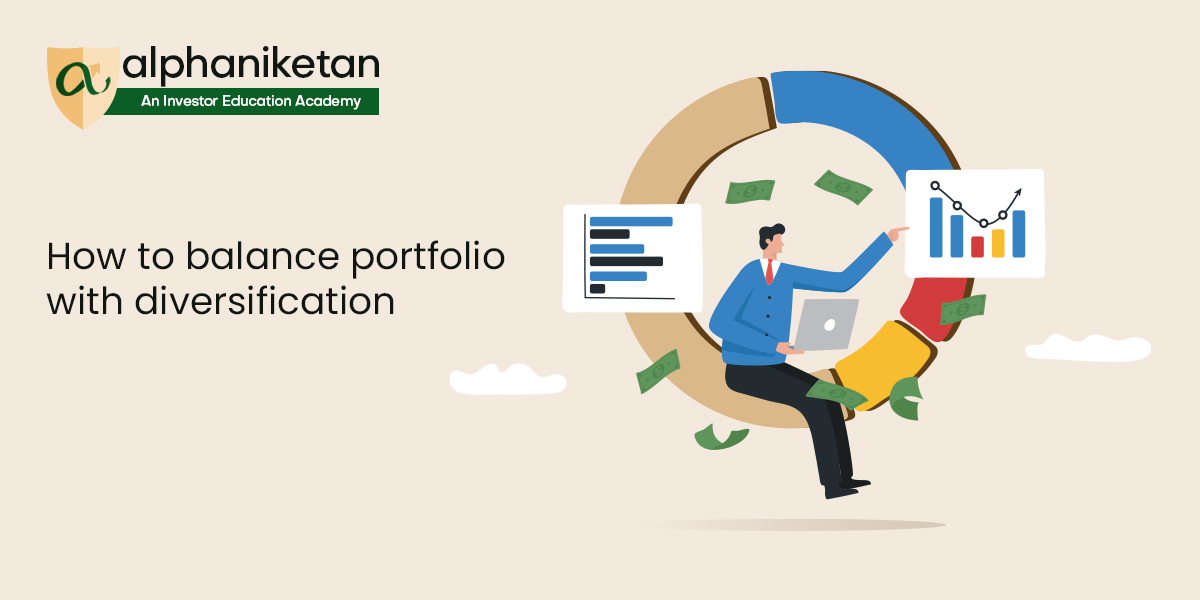The world is staring at a recession. If the latest announcement from the World Bank is believed, high inflation worldwide could push interest rates higher and the world into a recession in 2023. Despite India’s expected solid growth of nearly 7%, it would be hard to escape a worldwide recession. India cannot remain isolated and chart its course for too long. Lower exports and high import bills could hobble the economy. At the same time, foreign portfolio investors may pull out money from equities and bonds if they see a risk to asset prices with relentless hikes in interest rates. While India’s vital macroeconomic indicators do not hint at a severe impact, the 10-year G-Sec yield hovered around 7.3%, which is higher than the average of 7.2% in the five years to 2020, according to the data from CRISIL, a rating agency. A rising benchmark yield indicates fears of inflation and high economic interest rates.
Equity markets have bounced back in August 2022, though. They are rallying in anticipation of a festive bumper season for businesses. According to most estimates of analysts tracking the retail sector, the months ahead are likely to witness higher sales than the pre-pandemic level for the first time. Companies are likely to report better financial results for the festive season since the slump of 2019-20. While analyst estimates for future profits have been downgraded after the first quarter results, there is a chance of earnings upgrades in the year’s second half. Since stock markets follow profits, every fall in share prices could be an opportunity to accumulate quality companies.
That brings us to the issue of balancing your portfolio. Diversification is the best way to protect your portfolio from risks associated with investing. In the bond market, there is always a risk of inflation and rising interest rates. In the equity markets, you could face volatility in the short term. Striking the right balance will help you generate steady returns over your investing life.
If you are already investing, you may own individual stocks across sectors. India is one of the few stock markets where there is a diversity of sectors. That allows you to manage your risk efficiently. When interest rates rise, you should align your portfolio towards businesses that do not need to borrow and those that generate strong cash flows. Such businesses are usually market leaders in their sectors and enjoy pricing power. They can pass on high input costs due to commodity inflation to their customers and maintain revenue and profitability.
When currency markets are volatile, and the rupee is on the slide, exporters tend to grab the attention of investors and traders. Such companies generate revenue in foreign currency and benefit from the fall in the value of the rupee. In such a situation, you must avoid businesses relying on imports and facing currency headwinds.
If you are new to investing, you must take professional help to identify the right investments. Diversifying through appropriate asset allocation is the only way to protect yourself against market volatility and risks. Alphaniti can help you if you want to secure your financial future through our newly launched ETF Corner where you can also create SIPs now and our alphamatters and alphastrategies. Do check them at www.alphaniti.com!
Thank you for reading this post, don't forget to subscribe!




